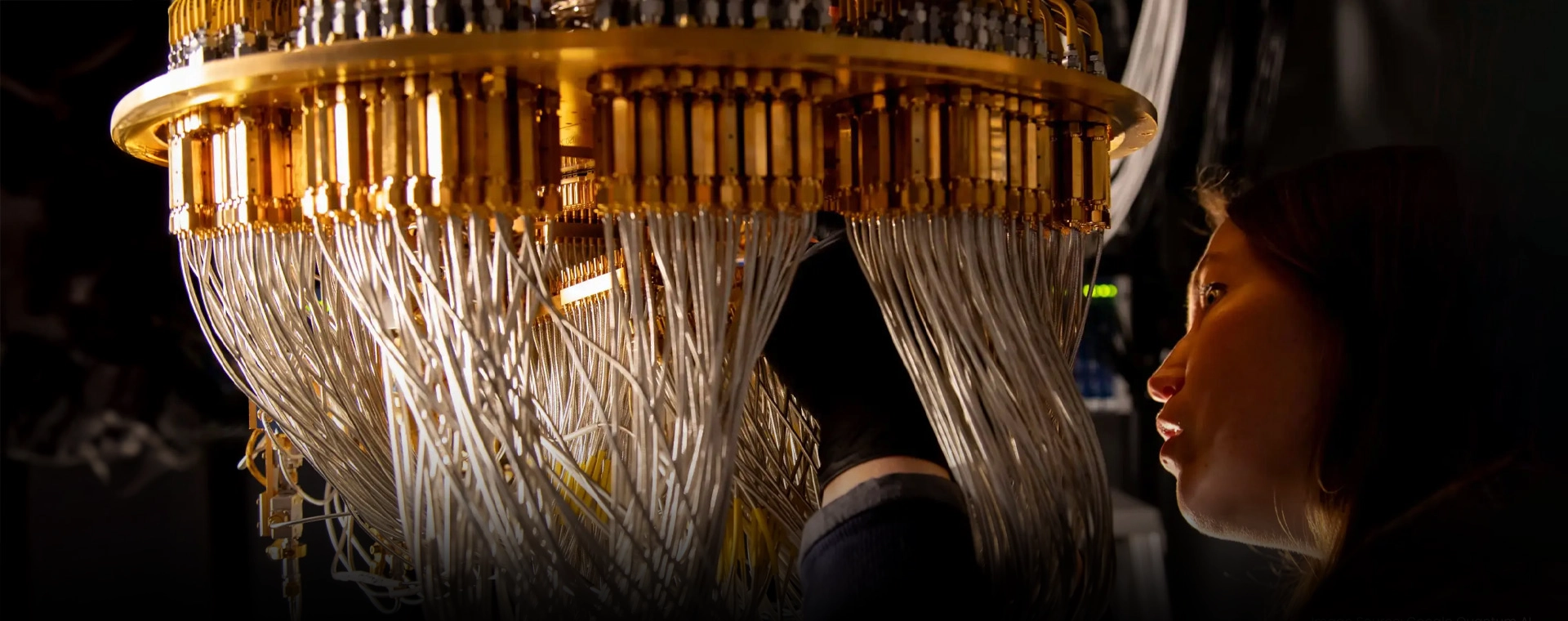
Google Quantum AI Unveils Willow: A Leap Towards Scalable Quantum Computing
Quantum computing is one of the most revolutionary advances of the 21st century. Google Quantum AI recently unveiled its latest innovation—the Willow quantum computing chip. This superconducting processor stands evident in the strides made in the field, setting new benchmarks for computational power, scalability, and error correction. Willow's launch is not just a milestone for Google but a significant leap for the quantum computing industry as a whole.
Understanding Quantum Computing
Before plunging into the specifics of Willow, it's essential to grasp the essence of quantum computing. Traditional computers operate using binary bits, which can represent either 0 or 1. On the other hand, quantum computers utilize quantum bits, commonly known as qubits. Due to quantum principles such as superposition and entanglement, qubits can exist in multiple states at once, vastly expanding computational possibilities. This allows quantum computers to perform complex calculations exponentially faster than classical systems for specific tasks.
However, quantum computing is not without challenges. Qubits are inherently fragile and prone to errors due to decoherence and other quantum noise. Addressing these issues has been a significant focus for researchers worldwide, including Google's Quantum AI team.
Introducing Willow: The Quantum Game-Changer
The Willow quantum computing chip is a superconducting processor designed to push the boundaries of what’s possible in quantum computing. Here are some of its standout features:
Advanced Error Correction:
Willow introduces groundbreaking advancements in quantum error correction, a critical step toward building fault-tolerant quantum computers.
By employing surface code error correction, Willow exponentially reduces error rates as the system scales. This means the more qubits added, the more reliable the system becomes—a stark contrast to previous quantum chips.
Unprecedented Computational Power:
During benchmark tests, Willow achieved feats that underscore its computational prowess. For instance, it performed calculations in under five minutes that would take today’s most powerful supercomputers an estimated 10 septillion years.
This level of performance opens the door to solving previously intractable problems in fields like materials science, optimization, and cryptography.
Scalability:
Willow's architecture is designed with scalability in mind, addressing one of the most significant hurdles in quantum computing. Its modular design enables the addition of more qubits without a proportional increase in errors.
This design positions Willow as a foundational building block for larger, more powerful quantum systems.
Applications of Willow’s Quantum Power
Quantum computing’s potential applications span a wide array of industries. Willow's capabilities bring us closer to realizing these possibilities
Chemistry and Materials Science:
Quantum simulations can accurately model molecular interactions at an atomic level, leading to breakthroughs in drug discovery and the development of new materials.
Willow’s computational speed and accuracy could accelerate the design of more efficient batteries or superconductors.
Optimization Problems:
Complex optimization tasks, such as supply chain logistics and traffic flow management, stand to benefit immensely from quantum computing.
Willow’s power can solve these problems faster and more effectively than classical approaches.
Cryptography and Security:
While quantum computers pose a challenge to current encryption methods, they also pave the way for quantum-resistant cryptographic systems.
Willow’s advancements in scalability and error correction are critical for developing secure communication protocols in a post-quantum world
Overcoming Challenges in Quantum Computing
The journey to scalable quantum computing has been fraught with obstacles. Decoherence, quantum noise, and the difficulty of maintaining qubit stability have posed significant challenges. Willow addresses these issues head-on:
Improved Qubit Design:
Willow’s qubits are engineered for enhanced coherence times, reducing the impact of quantum noise.
Surface Code Implementation:
By leveraging surface codes, Willow ensures more reliable qubit operations, even as the number of qubits increases.
Thermal and Environmental Stability:
Advanced cryogenic systems maintain the chip at near-absolute zero temperatures, ensuring optimal performance.
Collaborations and Industry Impact
Google Quantum AI’s efforts with Willow are not conducted in isolation. The company actively collaborates with academic institutions, national labs, and industry partners to push the boundaries of quantum research. These partnerships help:
-
Accelerate the development of quantum algorithms.
-
Train the next generation of quantum researchers and engineers.
-
Explore practical applications across various industries.
Willow’s unveiling has also caught the attention of investors and tech enthusiasts. Alphabet Inc., Google’s parent company, has seen a notable uptick in stock value, reflecting market confidence in the technology’s potential.
The Road Ahead for Google Quantum AI
The introduction of Willow marks a significant milestone, but it is only a step toward Google’s broader vision for quantum computing. The overarching aim is to develop a robust quantum computer that can tackle practical problems beyond the reach of classical computing systems.
Future plans include:
-
Scaling Up Qubit Systems: Building larger processors with millions of qubits to handle more complex computations.
-
Enhancing Quantum Algorithms: Developing algorithms that leverage quantum speedup for practical applications in fields like AI, machine learning, and financial modeling.
-
Expanding Accessibility: Making quantum computing tools and resources available to researchers and developers through platforms like Cirq, Google’s open-source quantum programming framework.
A New Era in Computing
Willow’s unveiling is more than a technological breakthrough; it symbolizes the dawn of a new era in computing. As we edge closer to the realization of scalable, fault-tolerant quantum computers, the possibilities are boundless. From revolutionizing industries to unlocking new scientific discoveries, quantum computing holds the promise to reshape our world.
Google Quantum AI’s Willow chip stands at the forefront of this transformation, showcasing the potential of human ingenuity and the relentless pursuit of innovation. As we continue to explore the quantum frontier, one thing is clear: the future of computing is quantum, and with Willow, that future is now.